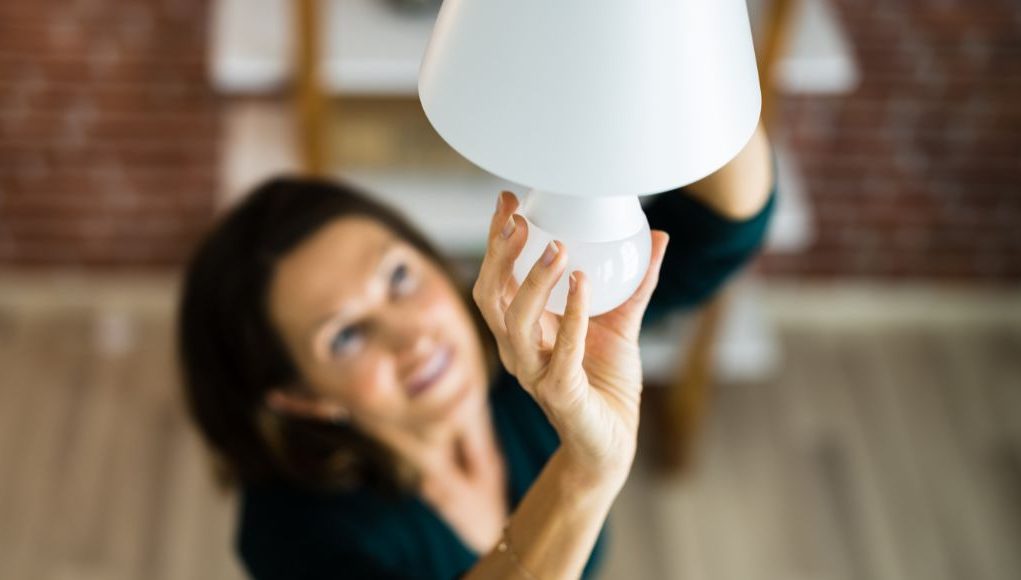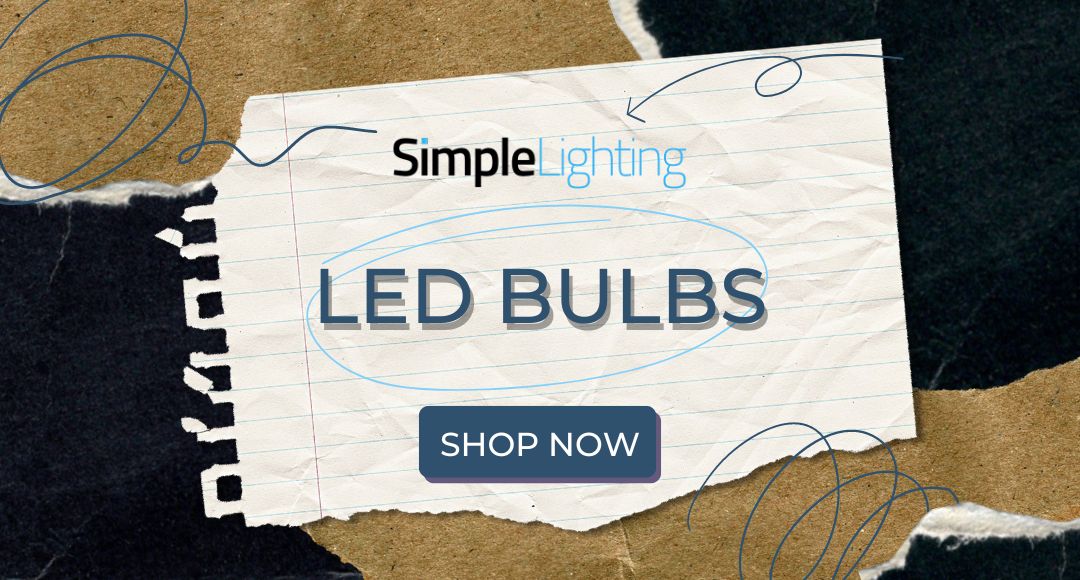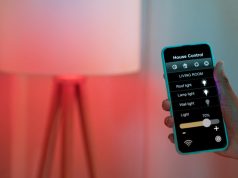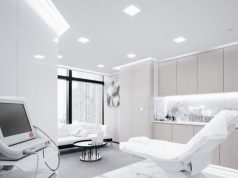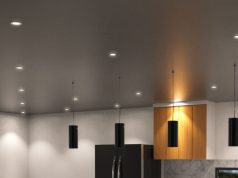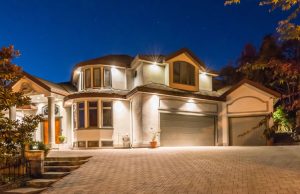What comes to your mind when talking about energy-efficient lighting solutions? You’ll probably hear a few varieties, but the one that many will surely repeat is LED lighting! It’s a modern lighting solution that brings outstanding luminance without costing a significant amount.
LED lighting, particularly LED bulbs, has gained widespread recognition for the energy-saving advantages they offer to any space they’re in. What are these advantages? Let’s delve into them!
Understanding LED Technology
LED light bulbs are powered by LED technology. What is LED technology? The way they produce light includes a semiconductor that efficiently converts more electricity into light, with a significantly minimal amount ending up as waste. Unlike traditional lamps, LED bulbs only emit negligible heat, further enhancing their efficiency!
Additionally, LED bulbs have a notably longer lifespan than conventional fixtures, reducing the need for replacements. If you have LED lights at home or use LED fittings throughout your building, you can save a lot on reduced power consumption and maintenance expenses!
Advantages of LED Light Bulbs
Typically, it’s more enticing to buy when you know the benefits of the product. To encourage you to try LED light bulbs, here are the advantages you can enjoy when using them!
Extended Average Lifespan
An LED light bulb generally lasts 20,000 – 50,000 hours. Are those numbers really that impressive? Well, if you compare them with an incandescent bulb that can only last about 1,000 hours, they are indeed remarkable! A lighting solution that lasts years can reduce your maintenance expenses and give you more time to enjoy your brilliant space!
Highly Energy-Efficient
When light bulbs consume electricity, they convert it into two things: light and heat (waste). A traditional light fixture would transform 80 – 90% of the power into heat, with only 20 – 10% becoming light. It’s the complete opposite with LED bulbs! They convert 90 – 95% into light, with only 10 – 5% ending up as heat.
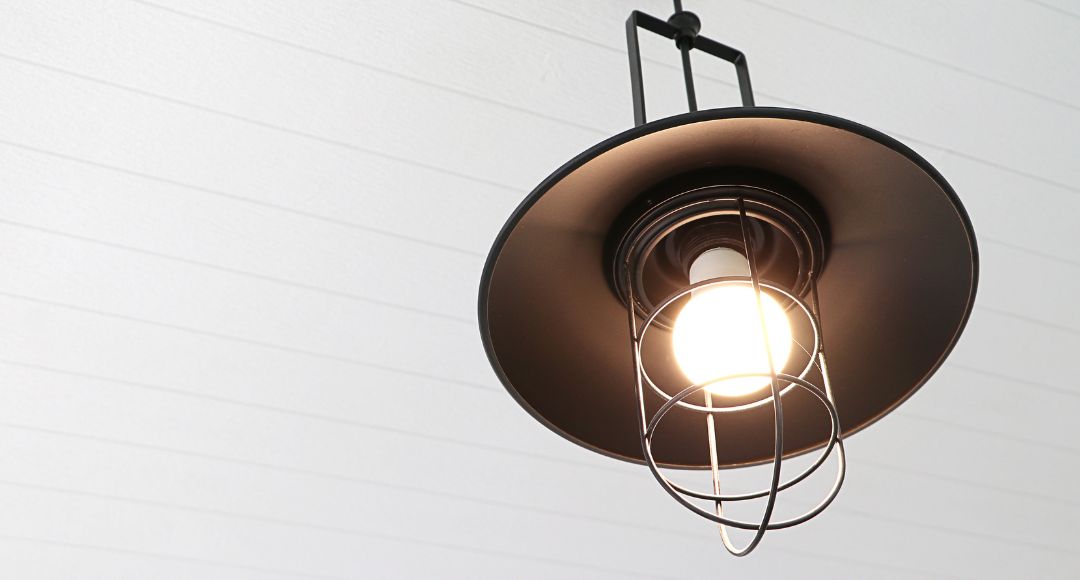
Environment Friendly
LED light bulbs are toxic-free. Many traditional fluorescent bulbs would have harmful chemicals like mercury, which is dangerous for the environment. With LED lamps, that is not a problem. They are made with recyclable materials and can help reduce your carbon footprint!
Hardwearing
LED light bulbs, especially those designed for outdoor use, are constructed with sturdy materials and infused with features that enable them to withstand the intense outdoor environment. The only thing that you should watch out for is the poor-quality ones. So, to avoid this, only purchase from trusted suppliers and manufacturers.
Instant Light and Repeated Switching
Unlike some traditional fittings, which take a while to brighten, LED bulbs are instant. Once you switch them on, the fixture will immediately envelop the space with top-tier luminance!
Furthermore, you can repeatedly turn on/off an LED light without affecting its light emission and lifespan. Doing the same with some conventional fittings that take time to light up properly can drastically lower their operational lifespan.
Divers Variations
LED light bulbs come in different shapes, sizes, bases, brightnesses, wattages, and more. They’re also available in many colours and colour temperatures, and there are dimmable and non-dimmable options. When you see the selection of LED bulbs online or in-store, you’ll be surprised by how vast and varied the choices are!
Tips for Maximising Energy Savings
Once you switch to LED bulbs, you’ll automatically access their innate energy efficiency benefits. However, there are ways to guarantee that you are maximising these advantages!
- Whenever possible, pair your dimmable LED light bulbs with LED-compatible dimmer switches. Dimmers can reduce electrical consumption whenever the fitting is not functioning at 100%. So, if you dim your lights to 50%, they only consume half the power they require when working at 100%!
- Always use the appropriate brightness and power consumption for your space. You may think the brighter, the better. Well, that’s not always the case! If you are illuminating a small room, having an exceedingly brilliant light will be too overwhelming and make you uncomfortable. Research the appropriate brightness for the room‘s size or consult someone knowledgeable about these things! That way, you only pay for the power consumption you’ll use.
- Remember to clean and check your LED light bulbs occasionally. While LED lights are low maintenance, they still need to be taken care of. You can wipe them down and inspect them once a month or once every two months. That way, you will see whether there are loose connections and if dirt is blocking the luminance delivered to the surfaces below.
Conclusion
Without an ounce of doubt, LED lights are energy-saving! They are highly efficient, low maintenance, sturdy, come in many varieties, and eco-friendly. If you plan to try them, follow our tips to maximise your energy savings!
Where can you purchase premium-quality LED light bulbs? You can visit our website, Simple Lighting. We have an extensive collection of LED bulbs as well as other outdoor, commercial and indoor LED lighting!


